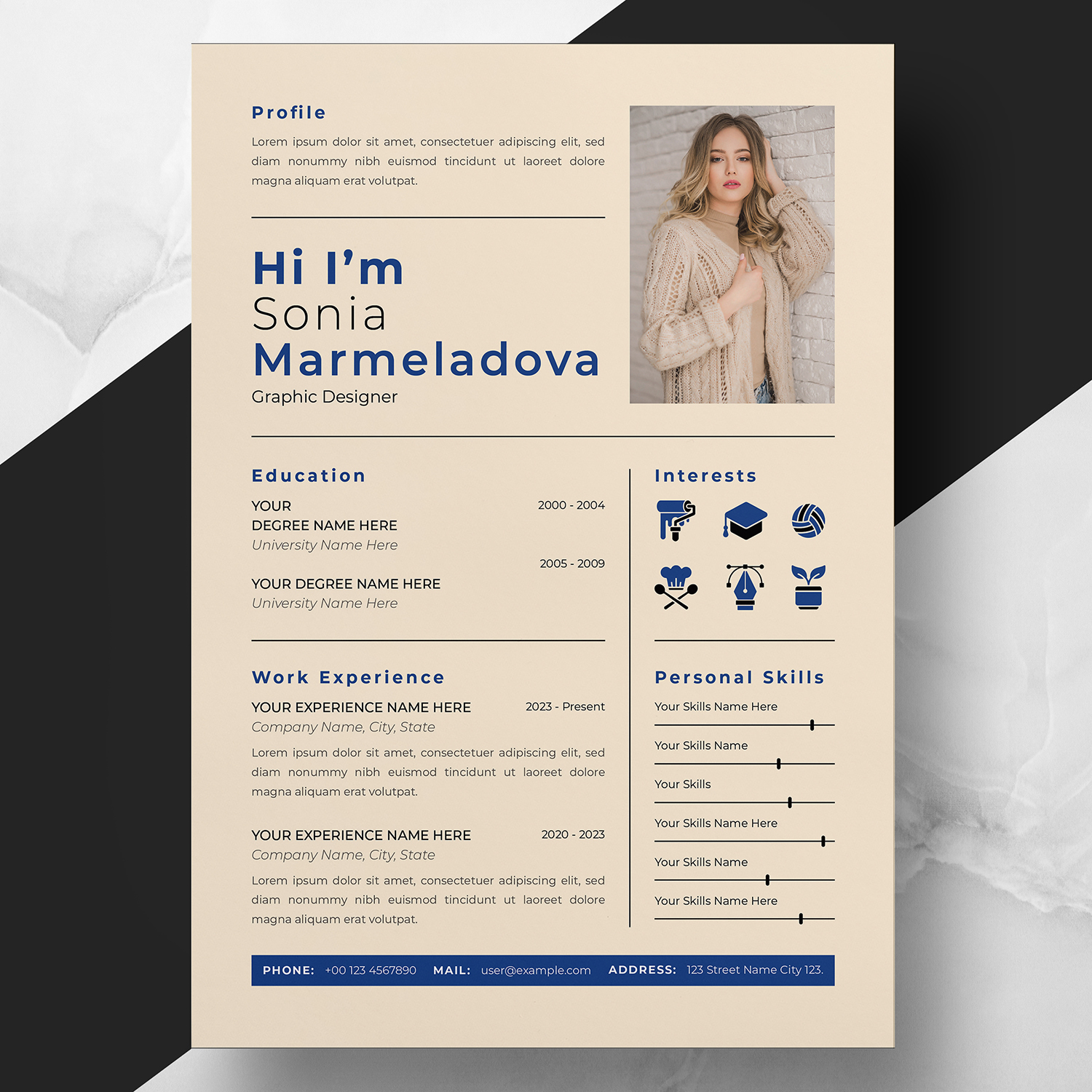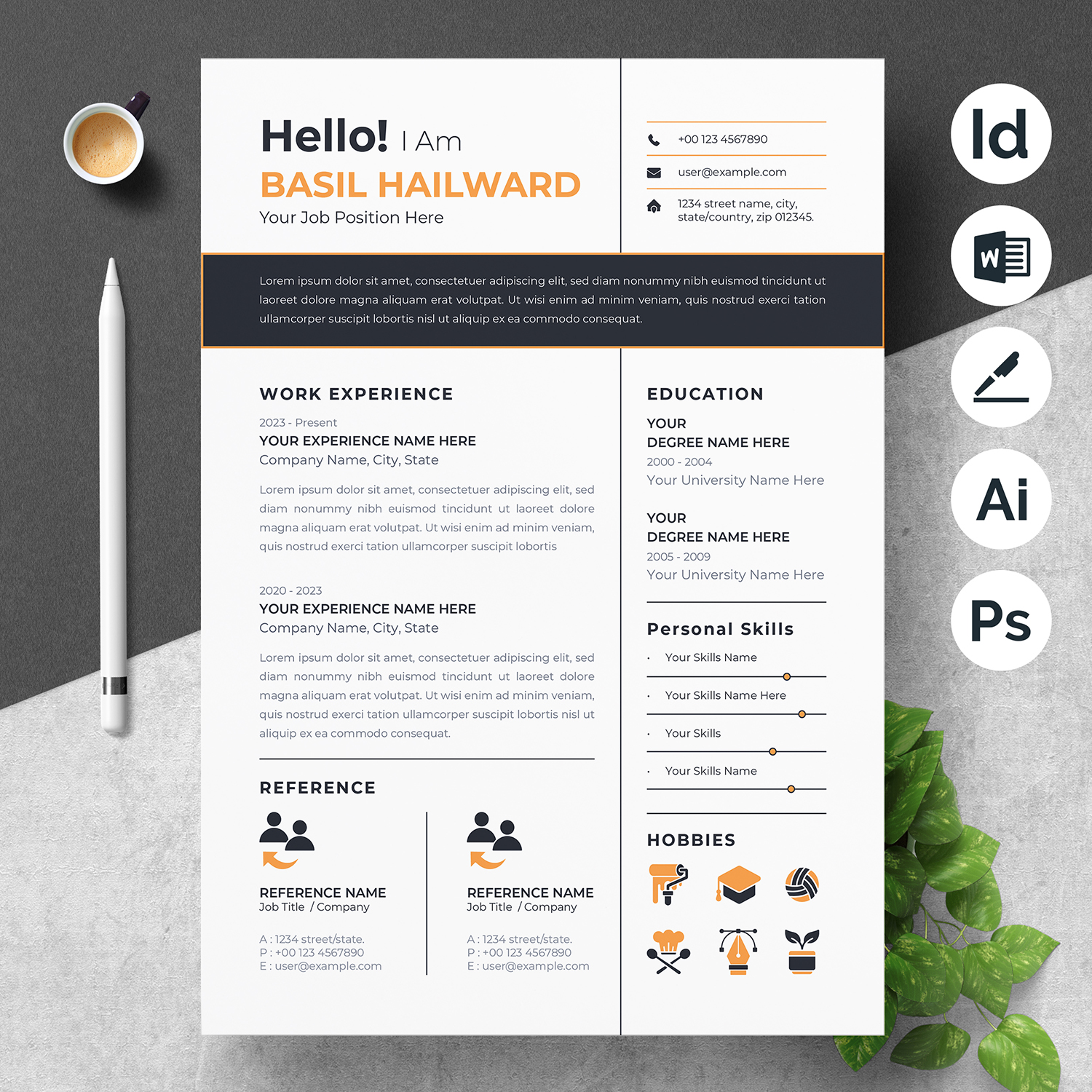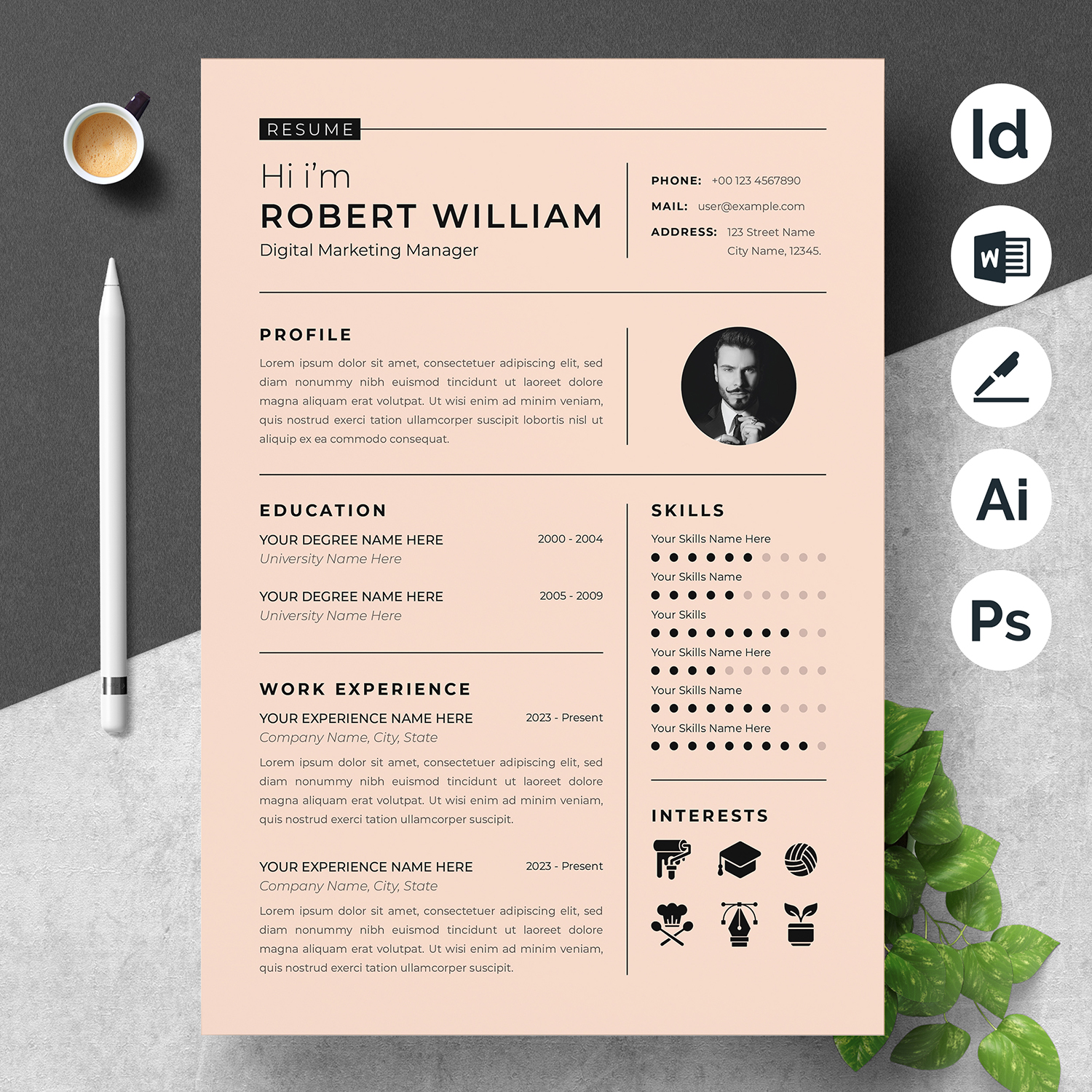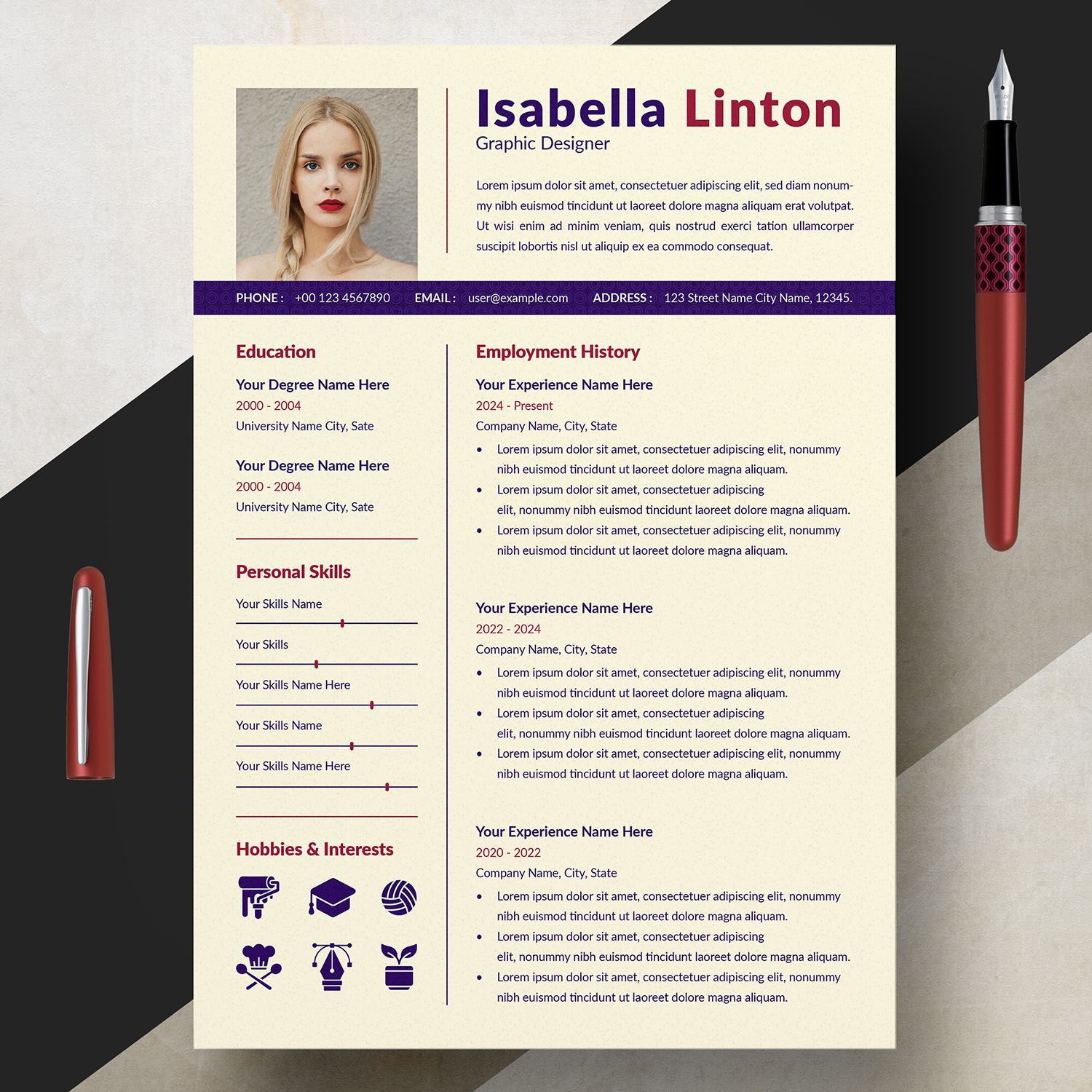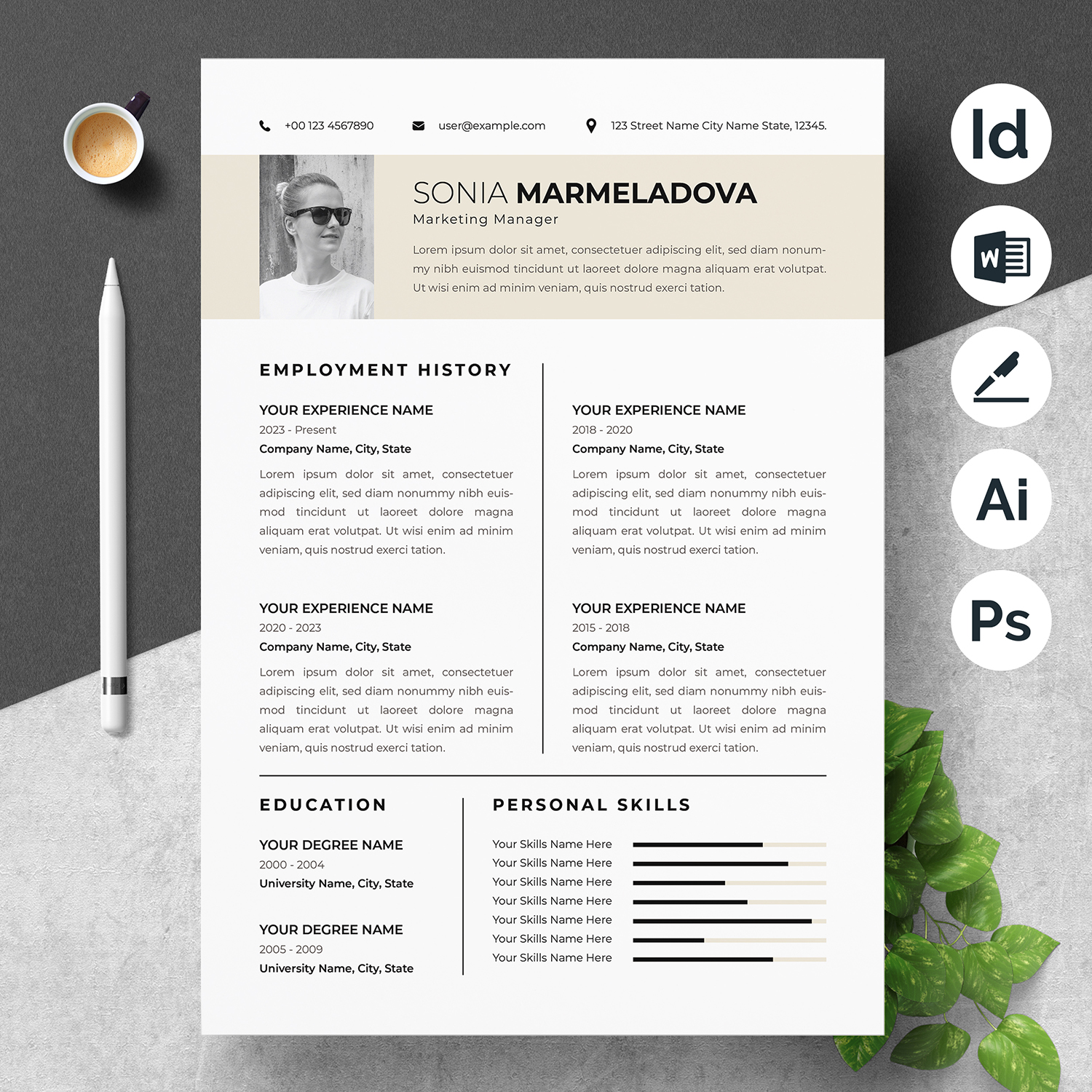
How to Write a Killer College/ University Resume: A Beginners Guide.
in Knowledgebase on February 12, 2022If you’re a student and you’ve decided to write your first college or university resume, this guide will help you figure out the best ways to include the right information and make it stand out.
But what is a resume? A resume is a document that summarizes your skills, experience, and education. It can be used as a marketing tool for potential employers. The goal of your college/university resume is to show off what makes you qualified for the position or school that you want to apply to. You may have included all of the above in your application materials already, but it’s always good to have a backup plan.
In this guide, we’ll go over how to organize your information so it’s easy to read and understand, how to include transferable skills, and more!
What is a college/university resume?
A college/university resume is a document that tells the story of your educational journey. It should be comprehensive and include information about your coursework, your work experiences, and any publications or awards you’ve achieved. It also needs to be clear and easy to read, so you can show off your unique skills and experience to potential employers.
It’s documentation of your academic accomplishments, work experience, and any other information that may be relevant to a potential employer. A college/university resume can be an important tool for career exploration and for showing that you’re a qualified candidate for a particular position. It can also help you stand out from other candidates during job interviews.
The Pieces of a Resume
Including all of the essential information that a future employer might want to know is the most important part of writing your resume. You will need to include your contact information, education history, experience, and any other relevant information you would like the potential employer to know. The format of your resume will vary depending on what type of job you are applying for. For instance, if you are looking to apply for a management position or a sales position, you will need to include more details about your education and experience. If you are applying for an entry-level job, you might only need to include basic information about your education, Skill, and experience.
The most important part of any resume is the contact information at the top. Your address and phone number should be included here so that potential employers can contact you easily. If they do not have this information, they will not be able to get in touch with you when they need it the most!
You should also include your email address in this section so that potential employers can send you additional information or request clarification on any points listed in your resume. You might find it useful to include your website URL where applicable as well. This way, potential employers can learn more about your background as well as connect
Considerations for College/University Resumes
When you’re writing a university resume, there are some key considerations to keep in mind.
-The first and most important consideration is to highlight what makes you qualified for the position or school that you want to apply to. For example, if you’re applying to a law school, then your focus should be on your legal studies courses and activities. If you’re applying for a position as a graphic designer, then your skills will differ from someone looking for a job as an accountant.
-Second, take time to organize your information so it’s easy to read and understand. Use bullet points and short paragraphs where possible. This includes how you’ve used transferable skills in previous positions or schools, such as leadership positions or managing clubs/organizations.
-A third consideration is that every resume should include an objective statement at the top of the document. This statement should be one sentence long and say who this resume is intended for (i.e., “interested in pursuing an accounting career”). In addition, it should also outline what you hope to achieve by sending this resume (i.e., “I am seeking an internship opportunity with an accounting firm”). The objective statement gives those reading your resume a sense of why they should continue reading it.
How to Organize Your Information
One of the first things you want to do when writing your college/university resume is organized it. One good way to organize your information is to use a grid format. This makes it easier for an employer/school representative to skim through and find important information quickly. The columns in the grid should include:
- Contact Information
- Summary or Objective Statement
- Education
- Academic Achievements and Awards
- Experience
- Skills and Technical Expertise
- Languages Spoken and Read
- Professional Affiliations
Communicating Why You’re Qualified
College and university resumes need to communicate why you’re qualified for the program. This may be a little more difficult than it sounds, but here are some tips to help you out:
-Make sure that your resume reflects the school where you want to go or what type of position you’re applying for. This can be done through your resume’s design, as well as the information that is included.
-Include relevant coursework and extracurricular activities.
-List any experiences where you’ve obtained relevant skills to the position or school that you would like to attend.
-Speak to your strengths and not your weaknesses. If there’s something on your resume that stands out as a weakness, make sure it’s only one sentence!
**Note: You should always tailor your resume for each specific job opening or school to which you’re applying. For example: don’t just send the same resume to every company without changing anything!**
Tips on Choosing the Right Format
There are a few different formats you can choose from when writing a resume. One of the most common formats is the chronological format. This format lists your work history in order, starting with your most recent job and going back to your first job.
The functional format is also popular because it focuses on skills rather than past jobs or experiences. When using this type of resume, you’ll list all of your skills and qualifications first, followed by a summary of past experience and education.
A third option is the combination format. It combines both the chronological and functional formats to highlight what’s most relevant to prospective employers or schools.
Conclusion
We hope you’ve enjoyed our blog about how to write a killer college/university resume. We’ve made an effort to include plenty of examples and tips to help you get started on your resume, and hopefully, next time you’re applying for a job, you’ll be able to use some of the techniques and tips we’ve suggested here! If you have any help with how to write a resume, please Read Our Blog Section Thank you for reading our blog, we hope you have a great day!
Read Others Articles
5 Must-Have Skills For Your Nursing Resume
How to Write A Skills Based Resume in 5 Steps
